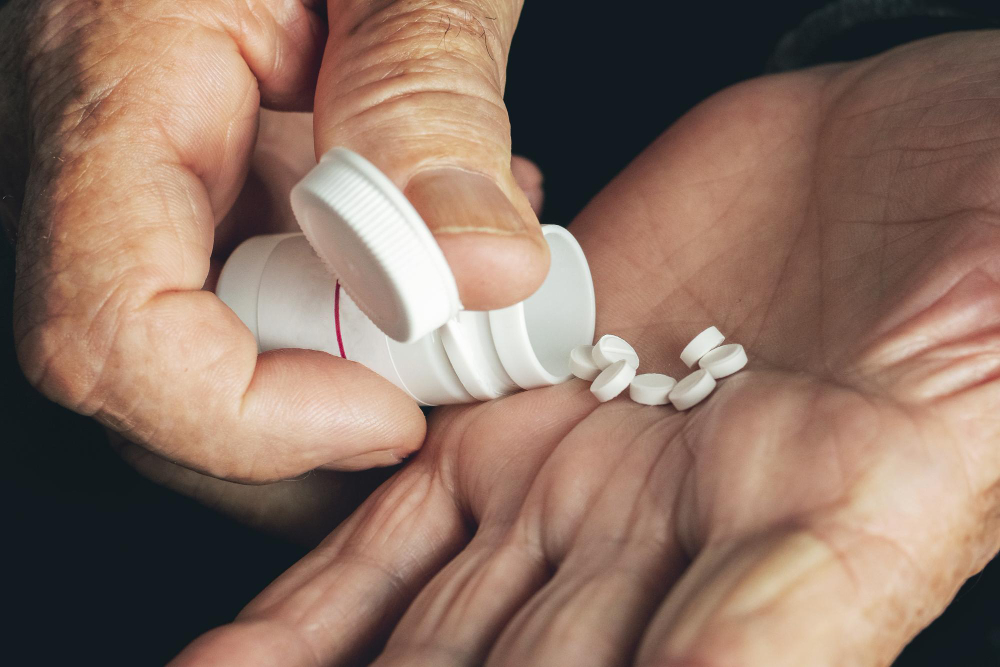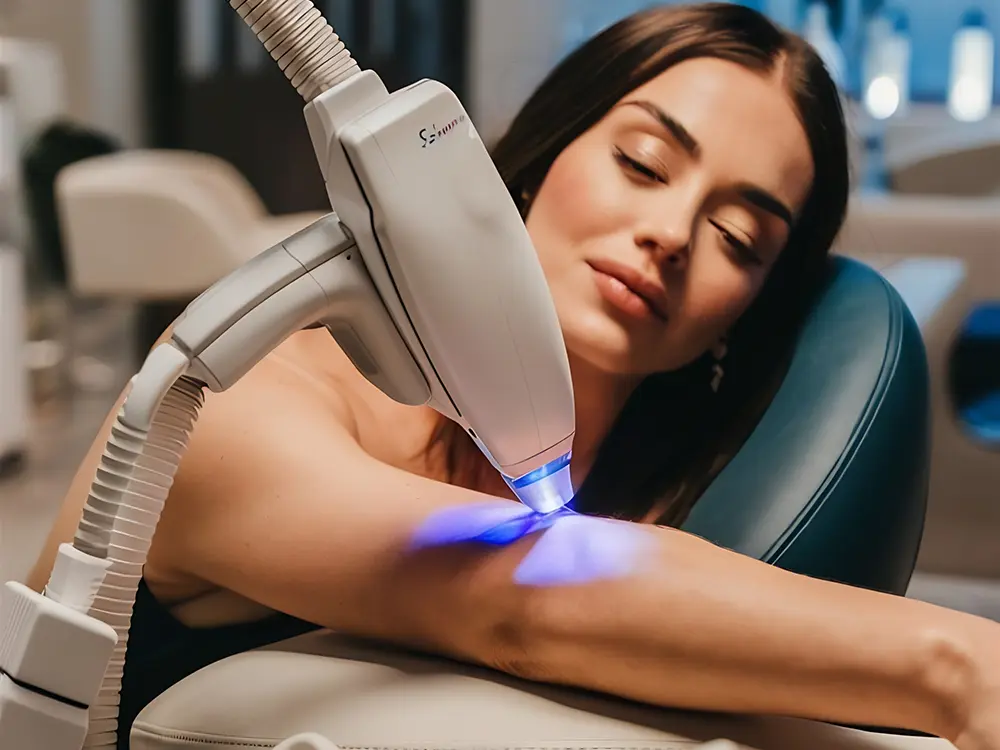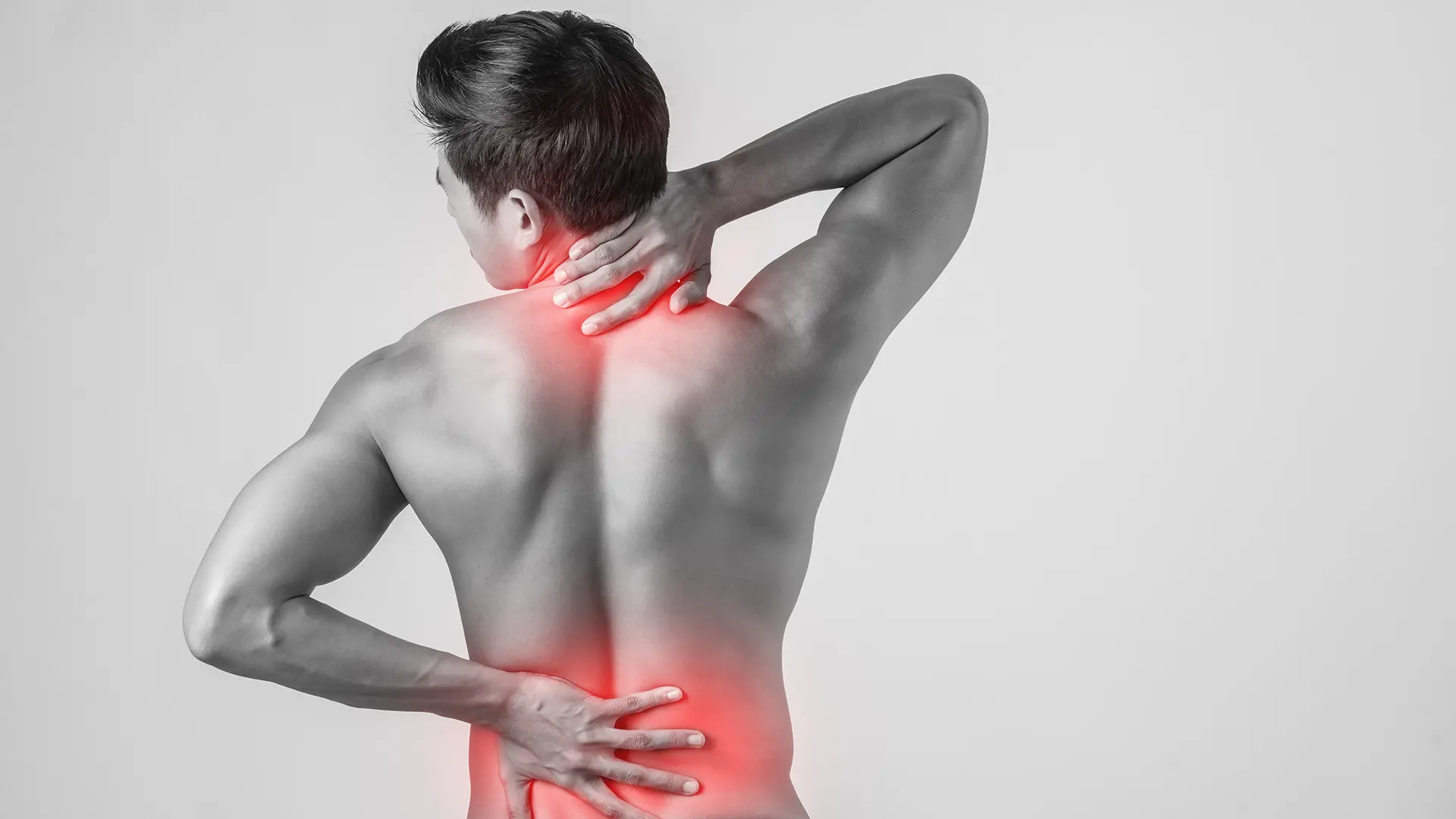
The Benefits of Laser Treatments Using Photobiomodulation Over Or Alongside Regular Painkillers.
Pain management is an essential aspect of healthcare, especially for individuals suffering from chronic or acute muscular aches and pains. Traditionally, over-the-counter or prescription painkillers have been the go-to solution for alleviating discomfort. However, growing concerns around the side effects and potential for dependency associated with regular painkillers have led to the exploration of alternative treatment methods. One such promising alternative is photobiomodulation (PBM), also known as low-level laser therapy (LLLT). In this article, we will explore the advantages of laser treatments using photobiomodulation over regular painkillers, focusing on clinical research that supports PBM as a safer, more effective option for managing pain and promoting healing.
Understanding Photobiomodulation (PBM):
Photobiomodulation, or PBM, is a non-invasive treatment method that utilizes light at specific wavelengths to stimulate cellular activity and promote healing. Unlike surgical or ablative lasers, PBM uses low-level lasers that do not cause heat or tissue damage. The process involves the absorption of light by mitochondria within cells, which boosts the production of adenosine triphosphate (ATP), a molecule responsible for cellular energy. This increase in cellular energy enhances tissue repair, reduces inflammation, and alleviates pain.
The Limitations of Traditional Painkillers:
Pharmaceutical painkillers, including non-steroidal anti-inflammatory drugs (NSAIDs), opioids, and muscle relaxants, have long been prescribed for pain relief. While effective, they come with significant drawbacks:
- Side Effects: Common painkillers often cause side effects such as gastrointestinal discomfort, kidney damage, and liver toxicity. For opioids, the risk of dependency and overdose is a serious concern.
- Temporary Relief: Painkillers typically mask pain rather than addressing the underlying cause. They do not promote healing and require regular, long-term use, increasing the risk of adverse effects.
- Tolerance and Dependency: Long-term use of painkillers, especially opioids, can lead to tolerance, requiring higher doses for the same effect, and eventual dependency, contributing to the opioid crisis.
Benefits of Photobiomodulation Over Painkillers:
- Non-Invasive and Drug-Free
One of the main advantages of PBM is that it is non-invasive and drug-free. PBM directly targets the affected area, using light energy to stimulate the body’s natural healing processes. There are no systemic side effects like those commonly associated with pharmaceutical painkillers. This makes PBM particularly appealing for individuals who want to avoid the risks of medication or have conditions that contraindicate the use of drugs.
2. Reduction in Inflammation
Inflammation is a common cause of pain, particularly in conditions such as arthritis, tendonitis, and muscle injuries. PBM has been shown to reduce inflammation at a cellular level by stabilizing cell membranes and enhancing ATP production. Studies have demonstrated that PBM can significantly decrease pro-inflammatory cytokines, such as interleukin-1, and increase the production of anti-inflammatory molecules . In contrast, painkillers like NSAIDs only temporarily block inflammatory pathways without addressing long-term inflammation or tissue damage.
3. Accelerated Healing
Unlike painkillers, which merely provide symptomatic relief, PBM actively promotes tissue repair. By increasing ATP production, PBM enhances cellular metabolism and accelerates the healing of injured tissues. Research has shown that PBM can stimulate angiogenesis (the formation of new blood vessels) and collagen synthesis, both of which are critical for tissue regeneration . This healing effect is particularly beneficial for athletes or individuals recovering from muscle strains, sprains, and overuse injuries.
4. Long-Term Pain Relief
PBM offers a longer-lasting solution to pain compared to traditional painkillers. Regular use of PBM can lead to a cumulative effect, where patients experience progressively less pain over time. This long-term relief is especially beneficial for chronic pain sufferers, as it reduces the need for continuous medication. In a study published in The Lancet, patients with chronic neck pain who underwent PBM treatment reported significantly greater pain relief compared to those using NSAIDs .
5. No Risk of Dependency
One of the most concerning aspects of painkillers, particularly opioids, is the potential for addiction. PBM presents no such risk. It works by naturally stimulating the body’s healing mechanisms, with no potential for dependency or abuse. For patients managing long-term pain, this is a significant advantage, as it eliminates the risk of opioid dependency while still providing effective pain relief.
Clinical Research Supporting PBM for Pain Management.
1. Photobiomodulation for Musculoskeletal Pain:
Several clinical studies have shown that PBM is highly effective in managing musculoskeletal pain. A randomized controlled trial published in The Journal of Clinical Laser Medicine & Surgery found that PBM significantly reduced pain and improved function in patients with osteoarthritis of the knee . Another study demonstrated the effectiveness of PBM in reducing pain in patients with temporomandibular joint disorders, with no adverse effects reported .
2. PBM for Post-Surgical Pain:
Post-surgical pain management is critical for patient recovery, and traditional painkillers are often prescribed. However, research has shown that PBM can effectively reduce post-surgical pain and promote faster healing. A study published in Lasers in Medical Science found that patients who received PBM after dental surgery experienced significantly less pain and swelling compared to those who took painkillers .
3. Pain Relief in Athletes:
Athletes are particularly prone to muscle injuries, strains, and inflammation. PBM has been used in sports medicine to accelerate recovery and reduce pain without the need for medication. A study in Photomedicine and Laser Surgery demonstrated that PBM significantly reduced muscle fatigue and soreness in athletes following intense exercise . This makes PBM a valuable tool for athletes seeking to enhance recovery without relying on pharmaceutical interventions.
4. PBM for Chronic Pain Conditions:
Chronic pain conditions such as fibromyalgia and chronic low back pain can be debilitating, and long-term use of painkillers can lead to dependency and other health issues. Research has shown that PBM can provide effective relief for chronic pain patients. In a study published in Pain Medicine, patients with chronic low back pain who underwent PBM treatment reported a significant reduction in pain intensity and improved quality of life compared to those using conventional pain management techniques.
Mechanism of Action: How PBM Works:
The therapeutic effects of PBM are primarily driven by the interaction between light and the mitochondria within cells. When specific wavelengths of light are absorbed by mitochondria, it enhances ATP production, which is critical for energy-dependent cellular processes. This energy boost helps repair damaged tissues, reduce inflammation, and restore normal cellular function. Moreover, PBM increases the production of antioxidants, such as superoxide dismutase, which further protects cells from oxidative stress.
PBM also affects nerve cells by reducing the sensitivity of pain receptors, which explains its analgesic effect. By reducing the excitability of nociceptors, PBM helps to block pain signals from reaching the brain, providing immediate and lasting relief without the need for medication.
Safety and Accessibility of PBM:
PBM is a safe and accessible treatment option with minimal side effects. Unlike painkillers, which can have adverse effects on the gastrointestinal tract, liver, or kidneys, PBM has no known long-term health risks. It can be used in conjunction with other therapies or as a standalone treatment for pain relief and healing. The non-invasive nature of PBM also makes it suitable for a wide range of patients, including those with pre-existing health conditions that may limit the use of painkillers.
A Safer, More Effective Alternative:
Photobiomodulation offers a range of benefits over traditional painkillers for the management of muscular pain and injury recovery. Its non-invasive, drug-free nature eliminates the risk of side effects, dependency, and tolerance associated with pharmaceutical pain management. Clinical research has consistently shown that PBM not only reduces pain but also promotes tissue healing, making it a superior alternative to painkillers, especially for chronic and musculoskeletal pain.
As research continues to highlight the effectiveness of PBM, it is likely to play an increasingly prominent role in pain management and rehabilitation. For patients seeking a safer, long-term solution for pain relief, photobiomodulation is an innovative and promising therapy that could replace the need for regular painkillers.
References:
1. Chow, R., Johnson, M., Lopes-Martins, R. A. B., & Bjordal, J. M. (2009). Efficacy of low-level laser therapy in the management of neck pain: a systematic review and meta-analysis of randomised placebo or active-treatment controlled trials. The Lancet, 374(9705), 1897-1908.
2. Hamblin, M. R., & Demidova, T. N. (2006). Mechanisms of low level light therapy. Proceedings of SPIE, 6140, 614001.
3. Fulop, A. M., Dhimmer, S., Deluca, J. R., Johanson, D. D., Lenz, R. V., Patel, K. B., & Enwemeka, C. S. (2009). A meta-analysis of the efficacy of phototherapy in tissue repair. Photomedicine and Laser Surgery, 27(2), 147-157.
4. de Morais Carvalho, M. F., de Paula Gomes, C. A., Barbosa, G. R., et al. (2016
:


